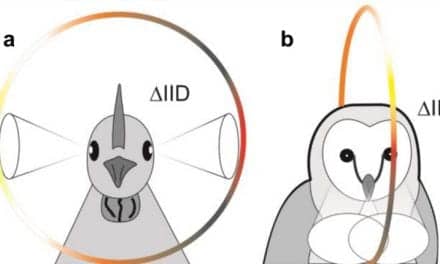Rochester, NY — A University of Rochester survey of an American Sign Language (ASL) deaf community found higher rates of obesity, partner violence, and suicide, but lower rates of smoking, compared to the general population. The survey is also significant because it is reportedly the first time that a deaf community has used its own data to assess its health status.
The study, published in the December issue of the American Journal of Public Health (AJPH), noted that deaf people who use ASL are typically excluded from health research and thus medically underserved. However, in this case, the researchers collaborated with members of the Rochester, NY, deaf community and designed a linguistically and culturally appropriate ASL surveillance tool.
“It is now possible, through surveys such as the one described here, to include deaf ASL users in public health surveillance programs,” said Thomas A. Pearson, MD, PhD, MPH, director of the National Center for Deaf Health Research (NCDHR) at the University of Rochester Medical Center. “This is a monumental step toward eliminating health disparities and advancing the health of deaf people.”
To create the NCDHR Deaf Health Survey, deaf and hearing researchers and community collaborators worked to prioritize survey topics and develop ways to measure important demographic information, such as age at onset of deafness. They subsequently adapted existing English-language health surveys and presented the questions in sign language on a computer kiosk with video capabilities.
This unique method collected responses from 339 Rochester deaf adults over 6 months in 2008. More than 88% of the responders reported being deaf since before they were 4 years old. Results from the deaf respondents were then compared with 2006 data from a random telephone survey conducted in the general adult population of the Rochester metropolitan area.
The research identified some deaf community strengths, such as low smoking rates (9% of the deaf respondents reported being current smokers, compared with 18% in the general population). If researchers can further understand why fewer deaf people smoke, perhaps this information can be used to design interventions with other groups.
The research also identified some health inequities. Research findings were shared with the deaf community in a series of town hall meetings. Later, the deaf community used these findings to identify three inequities as community health priorities.
First, deaf adults were more likely to be obese (34% versus 26% in the general population). Prior research has shown that the general adult population tends to underreport their weight on phone surveys. It may be that the deaf survey respondents did not underreport their weight, the study said. Even so, the high rate of obesity warrants a culturally appropriate intervention.
Deaf respondents were also more than five times more likely to report attempting suicide in the past year (2.2%, compared with 0.4% in the general population).
The third finding was that rates of partner violence and forcible sex were higher among the deaf survey participants. For example, 21% of the deaf respondents younger than age 65 said they had been physically abused in their lifetime, versus 14% that age in the general population. Nearly 21% of deaf respondents reported being forced to have sex in their lifetime, compared with about 6% in the general population. The authors noted that prior studies report that deaf children are at high risk for sexual abuse.
The researchers also mentioned that the high education level of the deaf survey respondents in Rochester may mean that the survey findings actually underestimate the magnitude of the health disparities experienced by other communities of deaf ASL users.
The NCDHR will produce a video that summarizes in ASL the findings published in the AJPH journal article. AJPH will also post this video on their website along with the English language journal article.
SOURCE: University of Rochester Medical Center



